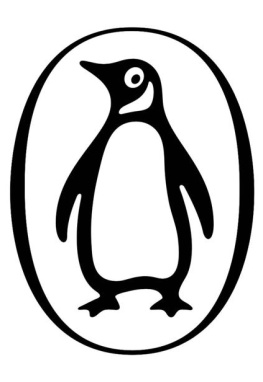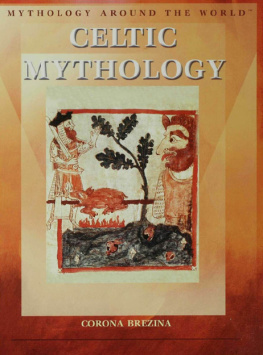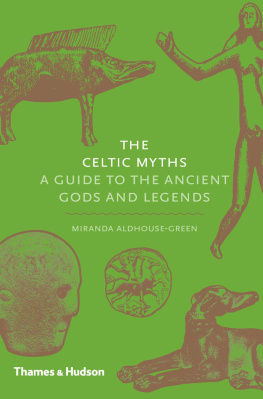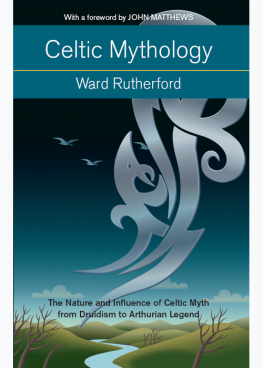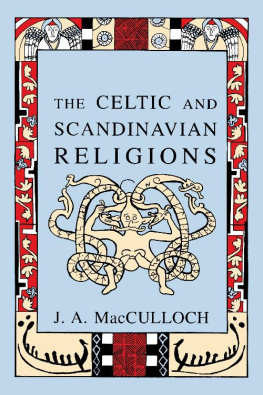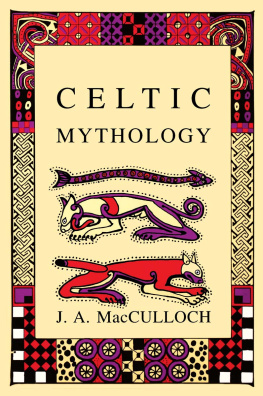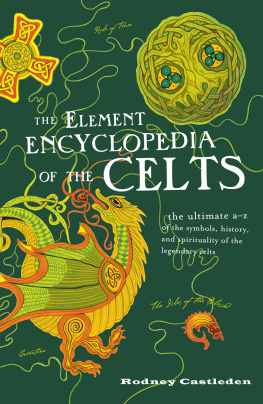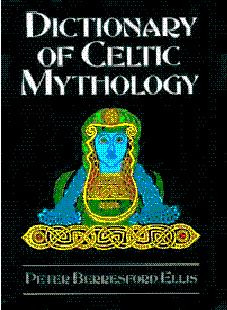PENGUIN REFERENCE
MYTHS AND LEGENDS OF THE CELTS
Dr James MacKillop is an eminent scholar of Celtic history and culture, having been Visiting Fellow in Celtic Languages at Harvard University, Professor of English at the State University of New York, Visiting Professor at the Universit de Rennes and President of the American Conference for Irish Studies. His many publications include the Dictionary of Celtic Mythology (1998), Fionn mac Cumhaill (1986) and Irish Literature: A Reader (1987, 2005). He is based in Syracuse, New York.
JAMES MACKILLOP
Myths and Legends of the Celts

PENGUIN BOOKS
For Molly E. and Colin K.
PENGUIN BOOKS
Published by the Penguin Group
Penguin Books Ltd, 80 Strand, London WC2R 0RL , England
Penguin Group (USA) Inc., 375 Hudson Street, New York, New York 10014, USA
Penguin Group (Canada), 90 Eglinton Avenue East, Suite 700, Toronto, Ontario, Canada M4P 2Y3
(a division of Pearson Penguin Canada Inc.)
Penguin Ireland, 25 St Stephens Green, Dublin 2, Ireland
(a division of Penguin Books Ltd)
Penguin Group (Australia), 250 Camberwell Road, Camberwell, Victoria 3124, Australia
(a division of Pearson Australia Group Pty Ltd)
Penguin Books India Pvt Ltd, 11 Community Centre, Panchsheel Park, New Delhi 110 017, India
Penguin Group (NZ), cnr Airborne and Rosedale Roads, Albany, Auckland 1310, New Zealand
(a division of Pearson New Zealand Ltd)
Penguin Books (South Africa) (Pty) Ltd, 24 Sturdee Avenue, Rosebank, Johannesburg 2196, South Africa
Penguin Books Ltd, Registered Offices: 80 Strand, London WC2R 0RL , England
www.penguin.com
First published 2005
Published in paperback 2006
Copyright James MacKillop, 2005
All rights reserved
The moral right of the author has been asserted
Except in the United States of America, this book is sold subject to the condition that it shall not, by way of trade or otherwise, be lent, re-sold, hired out, or otherwise circulated without the publishers prior consent in any form of binding or cover other than that in which it is published and without a similar condition including this condition being imposed on the subsequent purchaser
ISBN: 978-0-14-194139-4
Contents
Acknowledgements
Two valued friends read the typescript as it was being prepared and made countless useful suggestions. They are James E. Doan of Nova Southeastern University and Richard Marsh of Legendary Tours in Dublin. Lucy McDiarmid of Villanova University provided vital information at the inception of the project. Linda McNamara of Inter-Library Loan services at Onondaga Community College found obscure volumes even when they were not stocked by the Widener Library or the Library of Congress. David Lloyd of LeMoyne College gave critical advice on Welsh pronunciation.
The author and publisher would like to thank the following for permission to reproduce illustrations: Maiden Castle, Tara, The Uffington Horse (), copyright English Heritage.
Introduction
FINDING THE CELTS
A word of uncommon resonance and ambiguity, Celt may be the most poetic form ever given to us by scholars. Its root is easily traced to the Greek Kelto that implies hidden, or the people hidden from the view of the more civilized. Not until about AD 1700 did learned people begin to apply the term Celtic to the family of languages then spoken on the northwestern fringes of Europe: Irish, Scottish Gaelic, Manx, Welsh, Cornish and Breton. This origin in scholarly rather than spoken discourse explains why there is always some question about how it should be pronounced, with the cognoscenti always favouring the hard c kelt for etymological reasons instead of the soft c selt as one might expect from the usual pattern in English.
To complicate matters, the people we call Celts did not use the term at all until modern times and had no other expression to denote a linguistic community among themselves. The Greeks initially used Kelto to indicate an ancient Gaulish people, distant ancestors of the French, north of what is today Marseille. Gradually, classical commentators began to apply the term to peoples speaking apparently kindred languages, from the Galatians of Asia Minor to the Gallaeci of the Iberian Peninsula in the west. In Julius Caesars commentaries (first century BC ), the Greek-derived Latin term Celtae was confined to the people of middle Gaul or central France, but other Romans used it to denote many of the continental populations we now describe as Celtic-speaking. Surprisingly, neither the Greek Kelto nor the Latin Celtae referred to the populations of the British Isles, and no word in Old Irish or Old Welsh implies that speakers of those languages perceived a relationship between the two. When referring to themselves the several Celts often used terms incorporating the phoneme gal -, as in Gallia (Gaul), Galatia, Galicia (regions of both Spain and Poland) and Portu gal .
As a word merely denoting ancient, extinct languages, Celtic was fairly widely known to informed English writers at an early date; Milton uses it in Paradise Lost (1667). But the notion that it could also describe the living languages of impoverished and despised peoples on the periphery of Europe was slow in coming. George Buchanan was ignored when he asserted (1582) that Scottish Gaelic was derived from ancient Celtic. In France, however, where the national history begins with the story of Gaulish resistance to Roman rule, several commentators discerned a survival or archaic language among the Bretons on their isolated peninsula in the northwest. Paul-Yves Pezron was much more persuasive in arguing for the continuity between ancient and modern in Antiquit de la nation et la langue des Celtes in 1703. Working concurrently with Pezron, the Welsh-born Edward Lhuyd or Lloyd ( c . 16601709), Keeper of the Ashmolean Museum, Oxford, had been studying the minority languages of the British Isles in the field. His Archaeologia Britannia (1707) introduced the word Celtic in its modern definition into widespread use.
In little more than a half century almost any reader could be expected to have seen the word Celtic, following the hoopla accompanying James Macphersons specious translations, The Poems of Ossian (176064). A young Highland Scottish schoolmaster, Macpherson purported to derive the Poems (produced in prose translation) from ancient Celtic documents, which later investigation proved to have been adapted from recent Scottish Gaelic ballads. Although so prolix that they cannot be read today without sustained ardour, The Poems of Ossian became an international rage, attracting admiration from such diverse figures as Thomas Jefferson and Johann von Goethe, who translated them into German. This created a fashion for the Ossianic, of haunted, rugged landscapes peopled by fatalistic, fair-haired warriors in chariots, which affected all the arts. At least thirty operas were composed on themes from The Poems of Ossian , and Ossians image was idealized on hundreds of canvases. The name of Ossians father, Fingal, was known across Europe by 1829 when Felix Mendelssohns Hebrides Overture was nicknamed the Fingals Cave Overture. The name of Ossians son Oscar became so popular in Germany and Scandinavia that it was eventually borne by a succession of Danish kings. Concurrent with and related to Macpherson came the so-called Celtic Revival in English literature, 17601800, led by such Anglo-Welsh writers as Thomas Gray, whose poem The Bard (1757) helped make that word, known in both Welsh and Irish, idiomatic in English.

